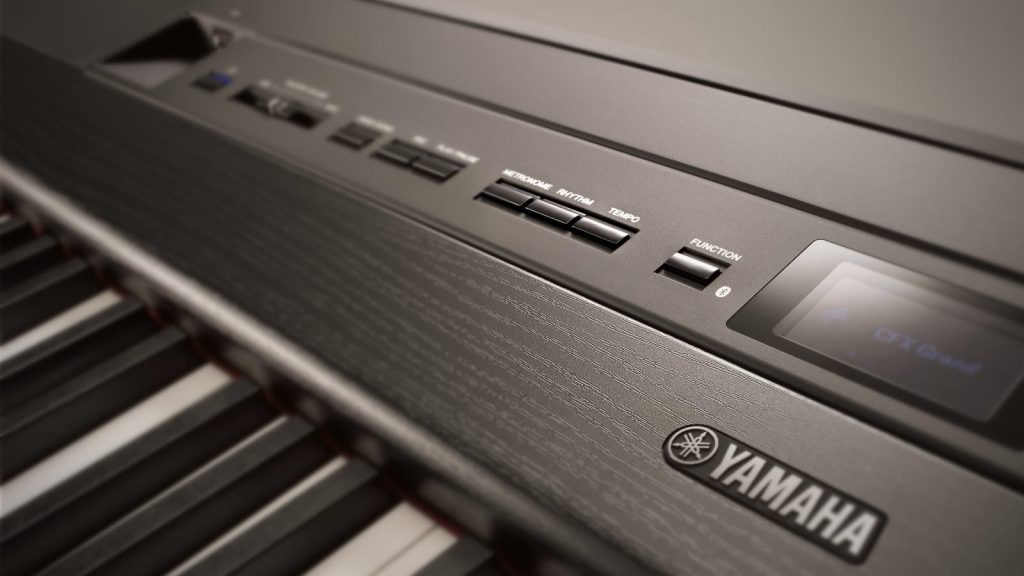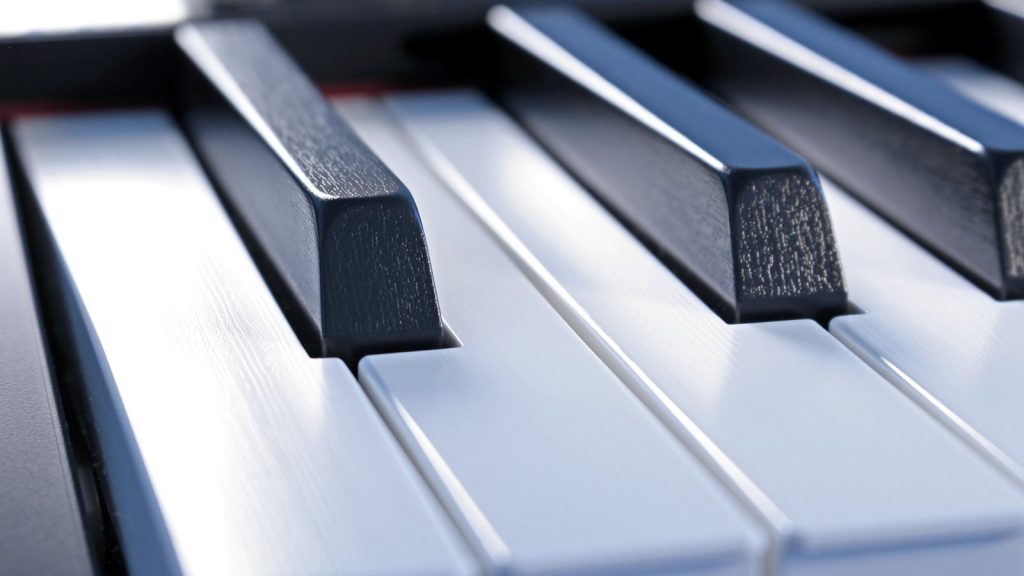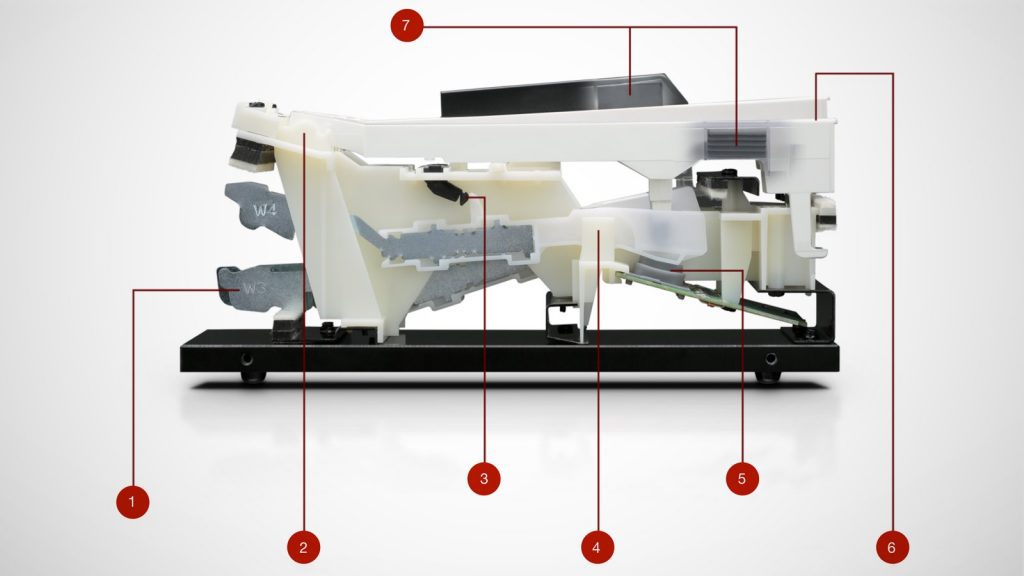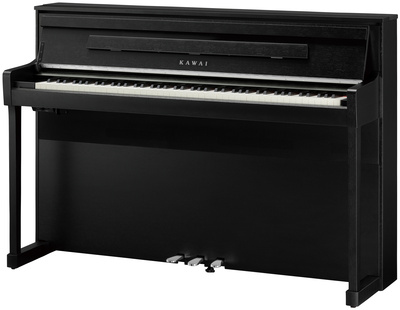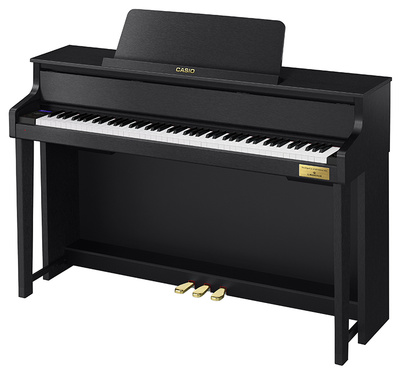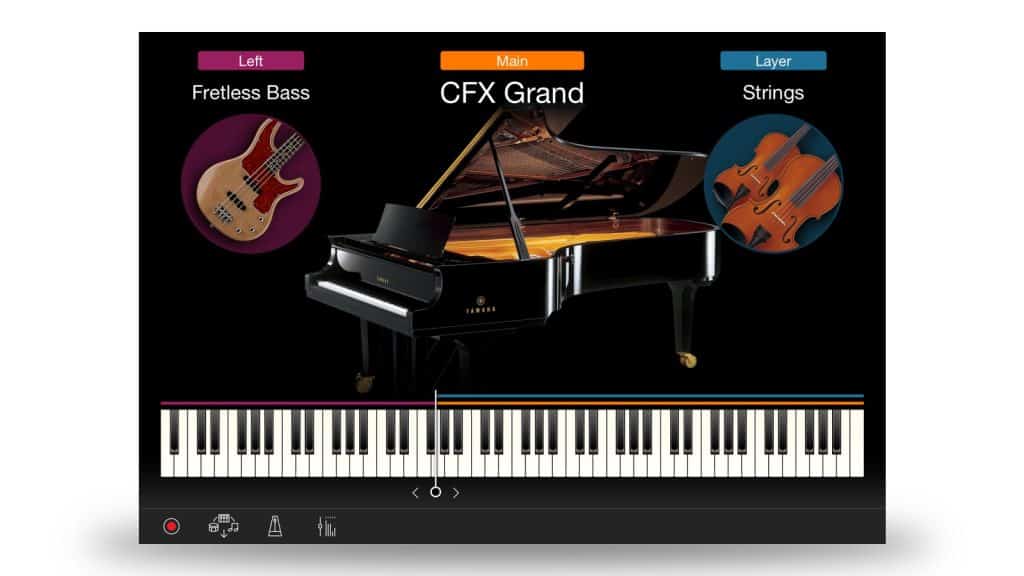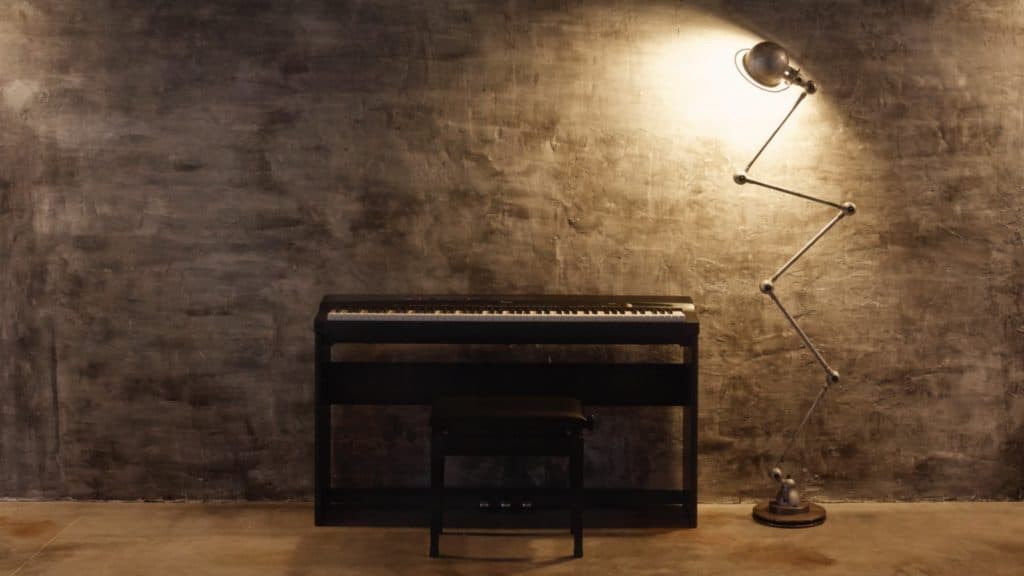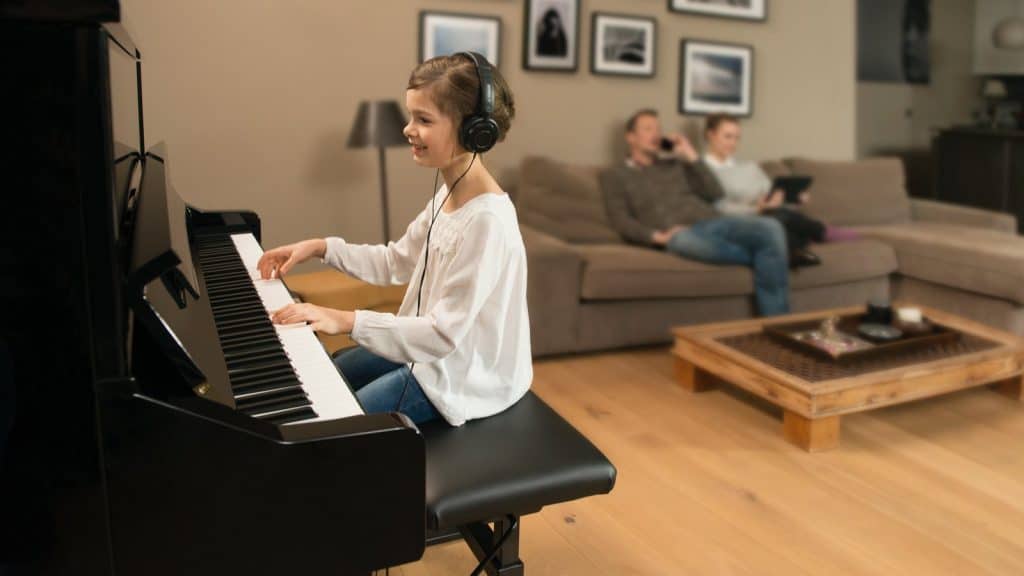Piano Sound: The Fun Is In the Details
The more detailed the piano sound, the more expressive the playing performance. The sound quality is often surprisingly good, even for lower-priced instruments. Since the sounds here are stereo, they create a convincing three-dimensional sound image.
But it’s not only the listener who should get an authentic sound impression, but also the player. The playing feel depends not only on the keyboard but also on the sound characteristics. For this reason, good digital pianos take into account many sonic details that dynamically adapt to your playing style. While many of these are subtle, they are all essential to the authentic simulation of an acoustic piano.
String resonance: The resonance of piano strings is acoustically very complex and of great importance for the sound quality when using the sustain pedal. We distinguish between damper resonance and sympathetic resonance here.
Dynamics: The harmonic behavior of the piano changes dramatically with velocity. At pianissimo, the overtones tend to be mellow and sweet, but as the dynamics increase, they become more brilliant and radiant. This dynamic progression must be smooth, without noticeable jumps.
Articulation: It is not only the attack but also the release of the notes that affects the sound. A key-off effect ensures that the piano notes fall silent with a certain inertia when you depress the keys. On more expensive models, you can even hear the moment the damper hits the strings.
On many digital pianos, you can voice the piano by individually adjusting sound details such as resonance, dynamics, and articulation. This digital piano feature is for example called “Piano Designer” (Roland) or “Piano Room” (Yamaha). For many years now, Kawai has been at the forefront of this technology with its Virtual Technician.

